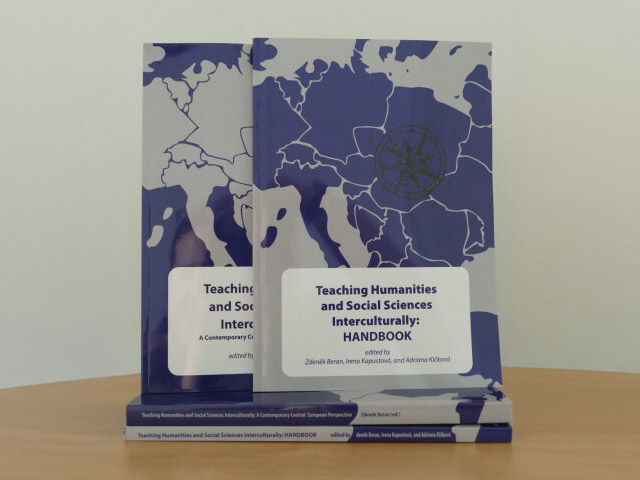Info
Project's name: Enhancing Quality Teaching of Humanities and Social Sciences in Higher Education for 21+
Project's number: 2021-1-CZ01-KA220-HED-000031122
Coordinator: University of Hradec Králové
Unless otherwise specified, the images used are published under a Creative Commons NC license.
Publications

Teaching Humanities and Social Sciences Interculturally: A Contemporary Central European Perspective, edited by Zdeněk Beran.
On-line PDF
Teaching Humanities and Social Sciences Interculturally: HANDBOOK, edited by Zdeněk Beran, Irena Kapustová and Adriana Kičková.
On-line PDFPartners
- Adam Mickiewicz University in Poznań
- University of Constantine the Philosopher in Nitra
Contacts
- Josef Ležák, project manager, josef.lezak@uhk.cz, +420 493 332 004
- Petr Voborník, webmaster, petr.vobornik@uhk.cz
- Tamara Tomanová, content coordinator, tamara.tomanova@uhk.cz, +420 608 240 990
Frequently Asked Questions
Each activity includes the methodological guides (Instructions) and other resources to facilitate their use in the classroom. Each activity also includes an overview table with basic information about the specific activity (time load, overall difficulty, aids, etc.) and after own individual exercises.
After clicking on a specific activity, you can see basic information about the activity, methodological sheet (in pdf format), individual exercises and also division into the relevant field of study in the top part (right next to Instructions). Individual activities can logically be classified into more categories (e.g. not only history, but also sociology, political science, etc.).
The methodological guides accompany each activity and emphasizes their role in providing guidance on how to conduct the activities in the classroom. In addition, in the main menu in the "Info" category, there are also available links to complete guides for educators, where additional and expansive information on activities is available.
No, it is not possible to do this directly on the web. In order to share this experience, a series of three international conferences took place at the time of the project. However, in case of any further information from you, we will be very happy if you contact us.
Each activity is conceived differently. As a rule, the student is introduced to the issues and acquainted with the progress of the exercise, followed by the actual work (based on creativity and cooperation) and the evaluation of the activity. The final phase is primarily directed by the teacher. Most of the activities offered work with critical thinking through questions that subsequently lead to discussion (support to communication).